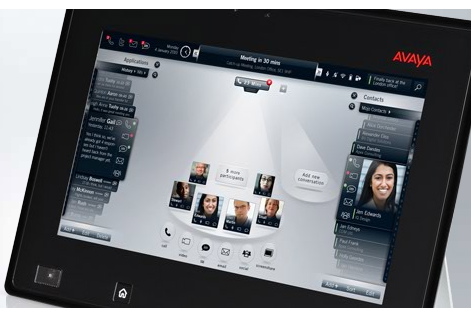 Video MSPs and carriers offering telepresence and video managed services have a substantial conflict to address. For a couple of reasons, they define their world in a much smaller dimension than enterprise users think of. This gap, the Expectation-Service Gap is represented by the Venn diagram on the left.
Video MSPs and carriers offering telepresence and video managed services have a substantial conflict to address. For a couple of reasons, they define their world in a much smaller dimension than enterprise users think of. This gap, the Expectation-Service Gap is represented by the Venn diagram on the left.
Users think of their eco-system of customers, suppliers, potential customers, potential suppliers and coworkers. Naturally, they define that scope of expectation to communicate by the large green surface area labelled ‘User Expectation.’ It’s a big domain and somewhat shiny since expectations are high. Users have been spoiled by the excellent quality and enormous reachability available in the modern global telephone network, which includes the mobile telephone network, is capable of reliably delivering connections between any of four billion persons today, and probably another two billion before the decade is out.
On the other hand, VMSPs and carriers, being engineering-types and not necessarily entirely sympathetic to users, think in terms of on-network and off-network. They think in terms of their own service limits which are defined by the little green area labelled ‘Service Limits.’ Service providers are generally bound by two constraints. One, the commercial constraints of their customers where they don’t get paid to worry or do anything about things that haven’t been specifically contracted for, and secondly, by physical limits of control, where they can’t worry about things they cannot see on their network monitoring hardware and software.
These competing views are the setup for two disappointments and two perspectives on the Expectation Gap. Users are disappointed when their service providers cannot do what they expect, and service providers are frustrated that their service doesn’t meet the user’s expectations. So what’s at the heart of the Gap?
In the past, the Gap was the experience. Frankly, it sucked. But, with the rollout (for completely different reasons) of inexpensive high speed networks, and the availability of high definition hardware the foundations are in place to close the experience dimension of the Gap. The Gap, from the user’s perspective today is the inability to conveniently, automatically, securely and inexpensively connect via video or telepresence to any other user. The Gap from the VMSP’s perspective today, is the inability to make money from greatly expanding the service limits envelope to reach many, many other users.
VMSPs have the wrong view. Instead of recognizing how a greatly expanded universe of potential connections increases the value of their service to their paying user, they worry about how they’re going to get paid for enabling that extra value. They think they should be paid for enabling the equivalent of the ‘long distance call’ between two companies. They look to the roaming fees available to mobile operators and think that’s the model for them. I’ll get the other service providers’ customers to pay me for access to my customers.
This is a delusion. Roaming is an anomaly unique to mobile service, that has been perfectly exploited by mobile operators to the chagrin of their customers. Mobile operators get to blame the other operator for such high roaming fees even though they get a share in the charge, and negotiated it. In the USA and through regulation in Europe, roaming is not the golden goose it once was. In the USA, it’s free and in Europe roaming fees between countries are smaller and getting smaller through the intervention of the European Commission.
High prices for long distance is such an obsolete notion. In the early days of telecom, people overpaid for long distance so that the high costs of local networks could be quickly paid back to the investors who would then have an incentive to invest in building networks. That’s why it was a protected monopoly. Technology and competition ultimately changed all that. Today, LD is free.
We’ve learned that the carrier participants in the Cisco TelePresence Exchange are gathering in Paris later this month to discuss economics and possible billing methods. In the coming days, I plan to blog more about the economics of Exchanges and perhaps offer some insights on how these questions should be addressed.










